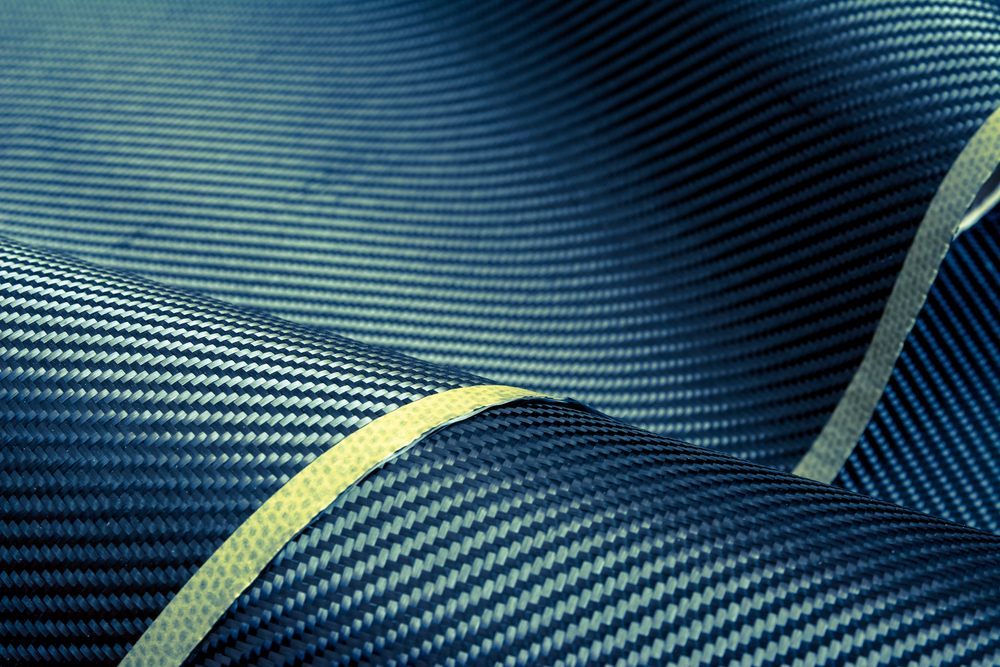News
Prepreg Composites Tapped for their Ease of Use

Pre-impregnated composite materials, or prepregs, are becoming more commonly used in the composites industry. Prepregs are reinforcement materials that have been pre-impregnated with a thermoplastic or thermoset resin.
Prepreg composites offer unique and advantageous properties as a result of being cured under high temperatures and pressures. Their ease of use, consistency, fatigue and corrosion resistance, and high-quality finish make prepreg composite materials an attractive option for use in high performance applications in composites production, as well as industries such as aerospace, automotive and consumer goods, among many others.
A recent application in complex composite construction is the use of more than 600,000 square meters of carbon fiber prepreg materials to create the façade panels of a museum in Dubai.
Different prepregs are available at both lower cure and higher cure temperatures, as well as varying times, depending upon the application specifications. Generally, the resin matrix in prepregs is partially cured for ease of handling and for the ability to be cut, stacked and molded. Known as the “B-stage,” this step requires refrigerated prepreg storage conditions until the curing process is activated with the application of heat. Composites One is a leader in prepreg distribution which includes several locations with prepreg freezer storage throughout North America.
The ease of epoxy
There are many benefits to using epoxy prepregs in composites production, and at the top of the list is their ease of use. An epoxy prepreg comes on a roll and has the desired amount of both resin and hardener already impregnated in the fabric, eliminating the need for manufacturers to order multiple items. Epoxy prepregs must be stored in cooler temperatures to prevent premature curing. Then, with the addition of heat and pressure, the prepreg can be consolidated and cured.
Epoxy prepregs have a growing variety of applications. In the motorsport sector, epoxy prepregs are meeting demand to reduce environmental impact through the use of natural fiber composites for parts such as aerodynamic devices and doors on brand-name racing machines.
New and emerging uses for prepregs created through resin impregnation will continue to evolve and deliver even larger fiber-reinforced composite structures as the composites industry answers the need to address environmental concerns and cost-effectiveness of parts production.
Learn more about the prepreg curing process and inquire with our technical experts about prepregs

